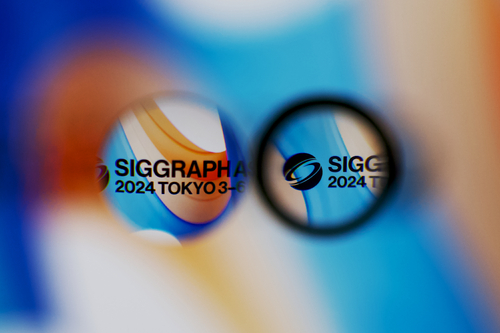End-to-end Optimization of Fluidic Lenses

SessionComputational Design
DescriptionPrototyping and small volume production of custom imaging-grade lenses is difficult and expensive, especially for more complex aspherical shapes. Fluidic shaping has recently been proposed as a potential solution: It makes use of the atomic level smoothness of interfaces between liquids, where the shape of the interface can be carefully controlled by boundary conditions, buoyancy control and other physical parameters. If one of the liquids is a resin, its shape can be "frozen" by curing, thus creating a solid optical element. While fluidic shaping is a promising avenue, the shape space generated by this method is currently only described in the form of partial differential equations, which are incompatible with existing lens design processes. Moreover, we show that the existing PDEs are inaccurate for larger curvatures. In this work, we develop a new formulation of the shape space lenses generated by the fluidic shaping technique. It overcomes the inaccuracies of previous models, and, through a differentiable implementation, can be integrated into recent end-to-end optical design pipelines based on differentiable ray tracing. We extensively evaluate the model and the design pipeline with simulations, as well as initial physical prototypes.
Event Type
Technical Papers
TimeWednesday, 4 December 20244:30pm - 4:41pm JST
LocationHall B5 (1), B Block, Level 5







